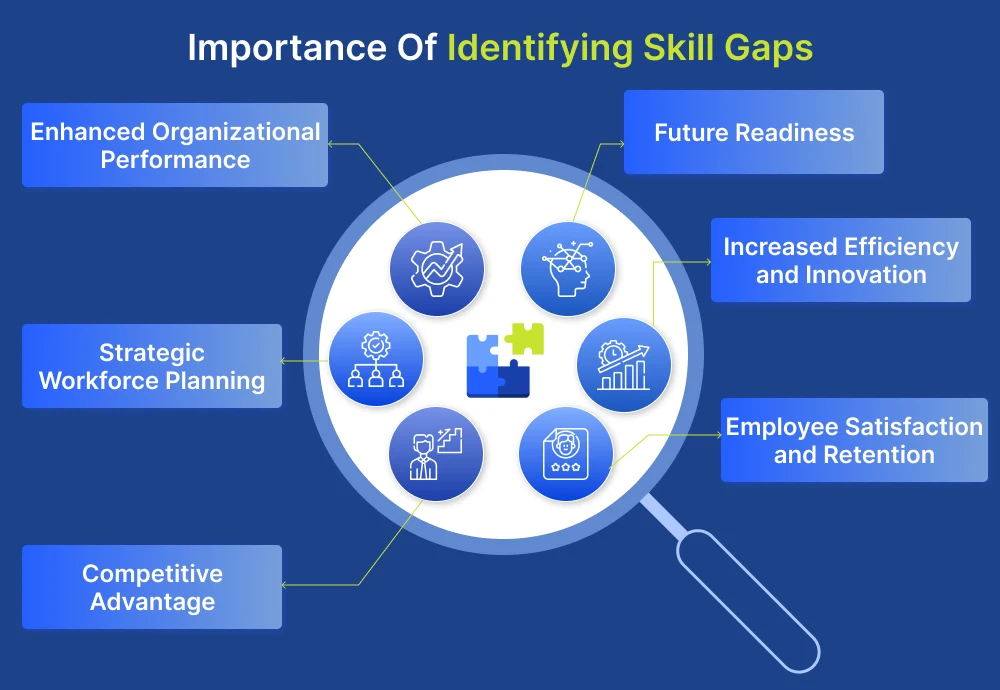For businesses, the recent trend has been to move to virtual network architectures for better flexibility, scalability, and cost savings. However, from the advantages that accrue in this process, some challenges will be faced by the chief executive officers along the transition. In transitioning from a traditional to a virtualized network, there are several challenges for the whole organization.
1. Increased Complexity in Network Management
The major challenge faced by chief executive officers while transitioning to a virtual network would be, first, the increase in their network management complexity. A really straightforward case is one in which the organization’s IT executives manage physical hardware, inside traditional frameworks. The complexity increases for the organizations in question as they now have to manage multiple virtual switches, virtual routers, and SDN elements in the virtual network.
And this is where more specialized knowledge and training of the IT staff come in. The solution needs to correct all of these issues. It becomes really quite tough to make a virtual network, stable without it. The more efforts put in, the more high becomes the learning curve, and, for the present very fine performance, short-term inefficiencies could build up in the network.
2. Potential Security Vulnerabilities

The organization would be concerned about the other major one: the potential security vulnerabilities offered by a virtual network paradigm. Virtualization creates new avenues for attacks that may not exist in a traditional framework. Secondly, due to virtualization’s flexibility, prevention and defense against data and DDoS attacks become more difficult.
Complications with data isolation and unauthorized access would inevitably arise as virtual networks share resources through various virtual environments. CEOs are responsible for ensuring that their organizations maintain a very strong defense of firewalls and Intrusion Detection Systems. Encryption protocols may also be deployed to protect against such threats. This additional investment in cybersecurity infrastructure will, of course, bite into the company’s revenues.
3. Higher Initial Setup Costs
Using a virtual network incurs more start-up costs but lessens future running expenses. The business would have to acquire some new software, hardware and technical staff for migration purposes. Data transfer, system reconfiguration and possible downtimes could incur migration costs which could affect the running of the business.
The merits of the operationalization of the virtual network versus the set-up costs would then require consideration from the CEO. Temporary service interruption might also lead to productivity losses and customer frustrations. A cost-benefit analysis should be prepared to avail relevant information to the concerned managers.
4. Network Downtime and Service Interruptions

A major worry for CEOs when considering converting networks into a virtual network is possible downtimes and service interruptions. A cloud-based infrastructure/data center technology supports a virtual network, which could potentially lead to migration-related unforeseen problems. Downtimes can become costly and frustrating for both internal employees and the company’s stakeholders.
Delays may lead to failures of applications or communication breaks. The organization needs to plan the transition along with working vendors to reduce the incidence of issues. The CEO needs to be prepared for disruption and communicate with the stakeholders.
5. Overhead on Network Performance
Another problem that a CEO might run into after introducing a virtual network is overhead on network performance. Virtualization diminishes more computing resources like CPU and memory, which involve detrimental influence on the overall system efficiency. For instance, operating excessive numbers of virtual machines or virtual switches puts more stress on physical hardware, resulting in performance degradation.
To solve this problem, the company may invest in hardware infrastructure upgrades, thus increasing the transition costs even more. Another element contributing to network congestion is the inappropriate allocation of virtual resources by the company, which can cause bottlenecks in data flow. The long-run effects of virtual network adoption on network performance may warrant serious consideration on the part of CEOs.
6. Employee Training and Skill Gaps

Last but not least, all the employees who work in virtual network structures should possess advanced technical skills to operate and maintain it. The company could either train its employees or tap new talent if it lacks this knowledge. Thus, temporary skill gaps may arise since employees might not be fully equipped to handle the new technology, leading to delays or inefficiencies.
Moreover, adjusted work processes and new systems may call for a culture change in the company. Such a transition will require adequate resources and intervention from the CEO for the better part of the entire resource transition exercise. In this regard, the failure of the organization to address such training needs may lead to an ill-prepared work force to navigate seamlessly through the complex nature of virtual networks.
Final Thoughts: Preparing for the Challenges of Virtual Networks
Thus, in summary, the virtual network structure has offered several advantages, but with it, the expectations of the challenges it may bring must also accompany the sweet fruits of its use. Managing networks would become a lot more complex, not to mention more security vulnerabilities, high setup costs, and downtime that might not be justified by a network performs overhead on workloads or employee training issues. But with strategic planning and a good team of experienced IT professionals, CEOs can smoothen transitions and set their companies up for the long haul.



